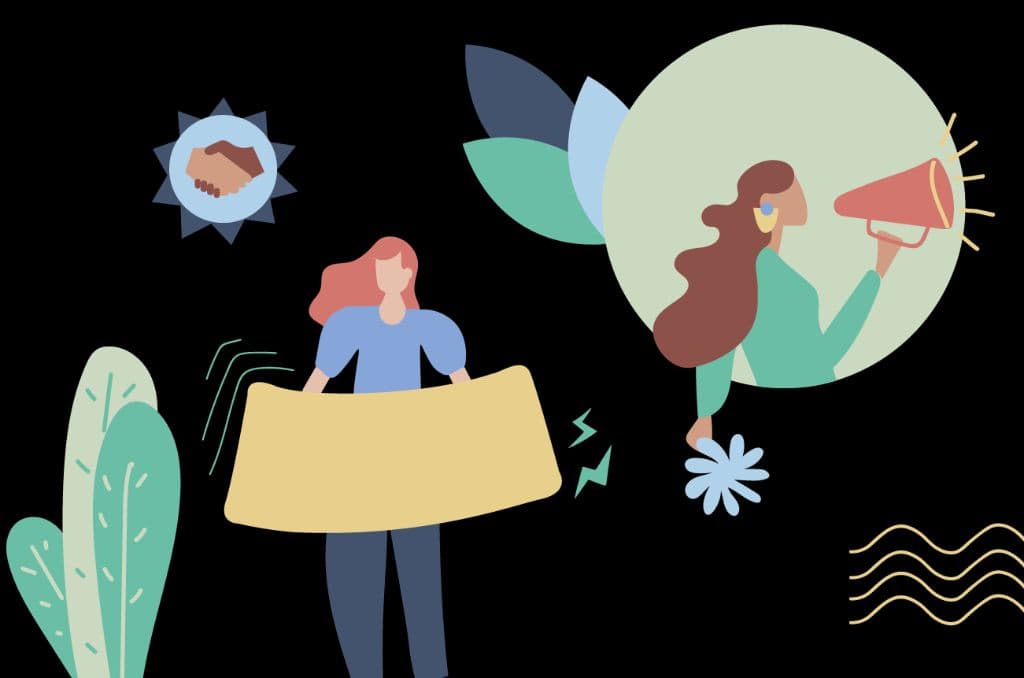“Sex education is the instruction of issues relating to human sexuality, including emotional relations and responsibilities, human sexual anatomy, sexual activity, sexual reproduction, age of consent, reproductive health, reproductive rights, safe sex, birth control, and sexual abstinence.”
How many of these things did you learn about in school? Coming from a traditional CBSE schooling, it is safe to say sex education is a taboo subject in Indian society. Most children are exposed to sex through media or from friends. As citizens of the 21st century, we ought to have figured out that the media doesn’t provide us with the most reliable, appropriate, or even realistic understanding of things. If media representations were accurate, we would’ve all had the much desired, magical glow up like Rohan (Hritik Roshan) did in K3G!
Learning about sex from the media not only tarnishes the image of sex in a child’s mind, but also reinforces the idea that it is wrong and dirty. This negative taboo perception of sex that prevails comfortably in our society leads to young adults basing their understanding of sex in a world far from reality. Here are a few reasons why the relationship between sex and media is highly problematic:
Unrealistic Expectations: Whether it is movies, tv shows, streaming networks originals, or even porn, the biggest problem with the portrayal of sex is that it is delusive. The lack of foreplay is prevalent in a lot of movies and shows, which in real life would lead to extremely uncomfortable situations. The bodies of the men and women in the scenes are made to look quintessential. Many even have surgeries to look the way they do, which often leads to disappointing real-life experiences. The amount of media that shows people climax at the same time or even multiple times and with utmost ease is staggering and misleading. From being overly sensitive about the subject of sex, the media has gone to being too bleak and too negatively explicit about it. From euphimisms like flowers being intertwined to women in bed with no conversation about safe sex, or consent to fostering in viewers impossible sex fantasies. These picture-perfect representations of sex end up giving viewers highly problematic expectations. For instance, you must climax every time, and together at the same time or look a certain way to enjoy sex. Innacurate representations of sex, such as in the movie, 50 Shades of Grey. These hinder one’s first impressions of what sex should be and thus disable one from finding their own ways to derive pleasure; instead, it often makes you feel wrong and inadequate for not matching the expectation you had.
Double Standards: The chunk of media that we are exposed to today, especially those which portray sex, is the prerogative of the male. The sexuality of women is often shown as dependent and subordinate to that of men. The explicit nature of the fact that the media accepts men enjoying sex and sneers at women who do the same is evident when comparing the MPAA ratings of movies. Black Swan is an R rated movie, whereas many films in which men are at the receiving end of oral sex are PG13. This duality fosters the idea that sex is only healthy and essential for men, and women should not have a sex drive. In fact, it is immoral for women to even think about, or want sex. To understand how deep-rooted and normalised this is, think about what seems more explicit and uncomfortable to you, a man getting felattio or a woman receiving cunnilingus. Without even us realising media has ingrained within every person that men are more sexual than women. Thus, women must hide and suppress their sexuality.
Psychological Damage: Media has one of the most substantial influences on our mental health. Everything from how we should look, what we should eat, what our hobbies and interests are to our behaviour, relationships and self-esteem are affected by the media. Sex is no different. The things that we view today dictate how our relationship with sex turns out to be. With a plethora of pornographic content readily available for people from an alarmingly young age and no check on it, many harmful and degrading things may seem very reasonable to us and could potentially damage your mental health. Body dysmorphia is one such psychological condition that can arise. There is high correlation between young adults who watch porn regularly and low self-esteem and life-satisfaction. Mental illnesses like depression, anxiety and anger are also associated with porn addiction. Porn addiction, it is important to clarify, is the level of addiction where it interferes with one’s daily life, or ability to derive pleasure without the use of porn.
There is a complete disregard of the pressures that build up by watching certain things.Women spend their entire life trying to match up to the idea of what a woman should be. 4 in 5 women experience low self-esteem because the content we view sets such high and unachievable ideals. The steaming hot sex we see on our screens is a mix of perfect lighting, scripts, makeup, surgeries, but they are ultimately, scripted and structured, and devoid of reality. People end up with a crippled sense of self and a life full of self-doubt in the bedroom. Another aspect of this is normalising violence and abuse in the name of sex. Movies like 365 Days promote problematic behaviours and even make them look desirable. UNICEF has time and again written about how the objectification and sexualisation of women in the media has led to violence and “Nearly one in five girls is sexually abused at least once in her life”
Objectification of Women: It’s everywhere, isn’t it? Have you ever wondered why? Unsurprisingly, the media plays a significant role in this too. With regard to sex, the media presents women as means “to get men off”. They are often reduced down to their looks, and what is worse is that it sells! Most advertising tactics include the sexual objectification of women. I often wonder what is the relationship between selling perfumes and naked women, selling cars and scantily dressed women, selling beverages and nude women… there is none! It’s merely using provocation and often focuses especially on parts of women’s bodies to sell products to the male consumer. This ostensibly may seem like removing the taboo regarding female sexuality, but in reality, it cages down women even more. It reinforces the idea that women only use sex to attract and satisfy men and have nothing else to gain. 51.8 percent of print advertisements that featured women portrayed them as sex objects which escalated to 76 percent in mens magazines as found by a study at Wesleyan University. The sexuality of women asphyxiates due to this incessant and normative objectification.
Lack of awareness and acceptance around sexual practices and identities: It doesn’t take a detective to figure out that with the superfluity of the inaccurate depiction of sex in the mainstream media that it will lead to incomplete knowledge regarding sex as a spectrum. There is a lack of representation of the various sexaul orientations that exist today. The portrayal, or lack thereof, forces people to accept certain sexualities as the norm, and everything beyond that as abnormal. By trying to fit into the exceedingly heteronormative boxes they hamper the development of their subjective identities and their acceptance of themselves. Blatant disregard towards consent and safe sexual practices allows for the belief that they are unimportant and baseless leading to the problematic attitudes that prevail in the men and the women not being able to voice themselves against what is wrong. Men chasing women and stalking them , a behaviour which is encouraged by many movies as a means to “ get “ the girl are troublesome and set the wrong examples for young boys. The overt lack of consent , specially those showcasing married women is one of the reasons why many women feel obligated to have sex and many men force themselves on women, as their right.
There is a reason why creative license exists. Real life is much more unentertaining and complex, and the media is a means to entertain ourselves. Peoples who derive a primary understanding of sex that comes from the media often do not even feel arousal due to stark difference between what we see onscreen and how real life plays out. When you go into your sexual life, expecting it to look like your favourite romantic scenes, you need to buckle up because the road ahead is bumpy. Reel life is not real life!
We must actively ensure that our understanding of sex and sexuality isn’t stemming from movies or porn. Sex is a vital part of our lives, and we must make sure it is not a taboo and build a healthy image of it. This only revitalises the importance of sex education. Educating ourselves from the right means about sex, its meaning and significance, our likes and dislikes, and distinguishing between trivialised sex that we see and its realities is the path to a healthier sex life. Media clouds our own unique sexuality and leaves us with an unreal and unattainable pseudo-sexuality. Many studies like that by UNESCO have provided comprehensive proof that sex education not only educated people about sex but mensturation, sexual dysfunctions, responsibility, STIs, and much more. It’s time to accept and explore our sexuality with confidence and reject the shushing and the forced preconceptions about sex. Sex education and eradication of the taboo around sex are fundamental and paramount unless we want to keep living in a society where sex is dirty and immoral.
Alas till then, we’ll have to keep changing the channel when a sex scene comes on.
Disclaimer : This information is provided for educational purposes and should not be construed as medical advice. Please consult with your healthcare practitioners before undertaking any changes in your diet or adding supplements.
ProactiveForHer is a digital clinic for women, offering accessible, personalized, and confidential health-care solutions. We offer products and services for out-patient health concerns of Indian women, across their lifetime - from puberty to pregnancy to menopause. To know more on the sexual and reproductive health of women, visit https://www.proactiveforher.com/

